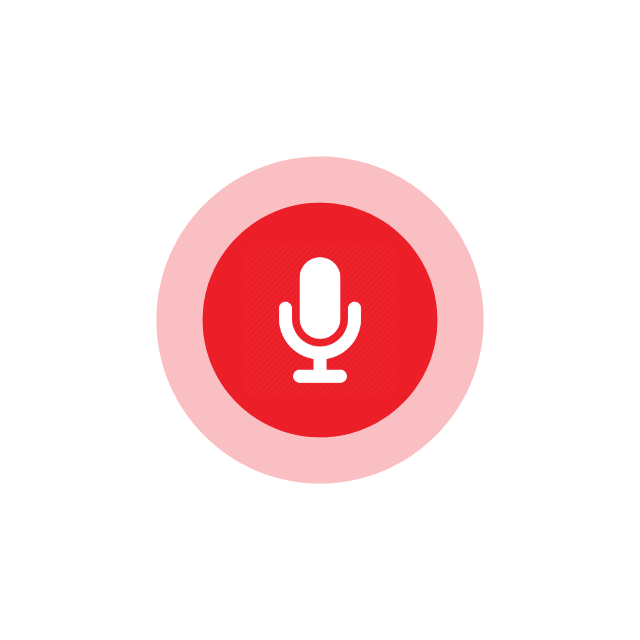Have you ever aware of this phrase, “No hoof, no horse”? It’s not just an old rancher’s phrase; it’s a fact backed by science. Studies show that "over 80% of lameness cases in horses are directly related to hoof issues" (Experts, 2024). It's not just horses, goats, cows, and sheep that face hoof troubles which can affect their productivity, mobility, and whole health.
So, how can proper hoof care, and specifically horse hoof trimming, make all the difference? Let’s dig into the details, from identifying common hoof problems to the role of proper trimming techniques and tools.
Why Hoof Health Matters So Much
When farm animals suffer from foot pain, it affects everything, including how they walk, eat, breed, and work. Poor hoof care can lead to long-term lameness, infections, and even euthanasia. According to Equine Guelph, “preventative trimming can reduce lameness incidents by 60–70%.”
That’s why trimming a horse's hoof and managing hoof health in other animals is not a luxury; it’s a necessity.
What Causes Hoof Problems?
From genetics to environment, many things can affect hoof health. Here are some leading causes:
| Poor nutrition | Deficiencies in biotin, zinc, or methionine weaken the hoof wall. |
| Wet and muddy conditions | These soften the hoof and create breeding grounds for bacteria. |
| Lack of regular trimming | Overgrown hooves cause imbalance and structural strain. |
| Improper shoeing or trimming | Too much or too little taken off can lead to long-term damage. |
Most Common Hoof Problems in Farm Animals
| Problem | What It Is | Who It Affects |
| Thrush | Bacterial infection from dirty stalls | Horses, goats, sheep |
| Laminitis | Inflammation of the laminae inside the hoof | Mostly horses |
| White Line Disease | Fungal or bacterial infection at the hoof’s inner wall | Horses |
| Hoof Cracks | Vertical splits in the hoof wall | Horses, cows |
| Abscesses | Pockets of infection causing sudden lameness | All hoofed animals |
| Overgrowth | Hooves grow too long, affecting gait and posture | Goats, cows, sheep |
How Trimming Helps Solve the Problem
Trimming is not just about shaping; it’s preventive medicine. Let’s explore it:
1. Restores Balance
Trimming a horse's hoof to the correct angle and length helps to adjust the bones, tendons, and ligaments properly. It also distributes weight evenly and decreases pressure on joints.
2. Removes Damaged Areas
Trimming can remove the cracked or dead tissue, avoiding infections like white line disease or hoof infection from spreading.
3. Boosts Circulation
When hooves are shaped properly, blood flow improves, especially essential for avoiding severe pain
4. Improves Traction
Animals with trimmed hooves have better grip, reducing the risk of slips and falls in barns, trailers, or rocky pastures.
Different Types of Hoof Trimming Tools
Having the right horse hoof trimming tools makes all the difference. Here’s a rundown of essentials:
| To cut away large overgrown portions of the hoof. | |
| Used for smoothing and leveling. | |
| Precise cutting around the frog or sole. | |
| Hoof Stands | To safely balance the hoof while trimming. |
| Electric Trimmers | Common in cattle hoof care, ideal for thick hooves. |
Tip: Always sanitize tools between uses to avoid spreading infections!
Benefits of Regular Hoof Trimming
Let’s make it crystal clear, here’s what you get from consistent hoof care:
-
Reduced risk of infection
-
Improved mobility and performance
-
Less lameness = fewer vet bills
-
Better quality of life for your animal
How Often Should You Trim?
The golden rule? Every 6–8 weeks for horses, depending on breed and workload. Goats and sheep may need trimming every 4–6 weeks, especially if they walk mostly on soft terrain.
Professional vs. DIY Trimming
While many farmers trim smaller animals themselves, it's wise to leave horse hoof trimming to a trained farrier. If you don't cut it properly, it can badly harm the foot of the horse.
That said, learning the basics of trimming a horse's hoof through local courses or online vet-approved videos is a great start for beginners.
Signs Your Animal Needs a Trim
Don’t wait until there's a limp. Here’s what to look out for:
-
Clicking or uneven hoof beats when walking
-
Hooves spreading or cracking
-
Reluctance to walk, run, or turn
-
Standing in awkward postures
Final Words
There's no choice left here; hoof trimming is essential to take care of, not optional. Even if you are a first-time horse owner or managing a farm that is full of animal stock, leading the way in common hoof problems with the right care and tools is your best shield.
By taking the guidance from the experts, a little elbow grease, and a regular schedule, your animals will stay on their feet, literally and figuratively.


